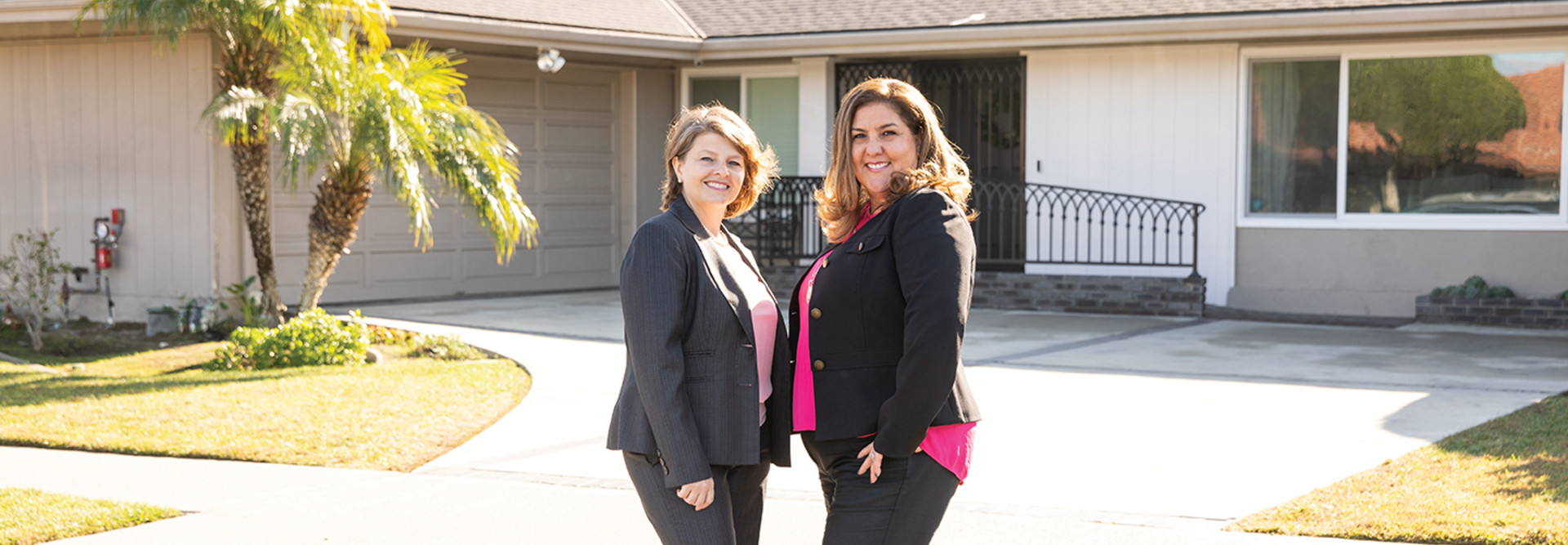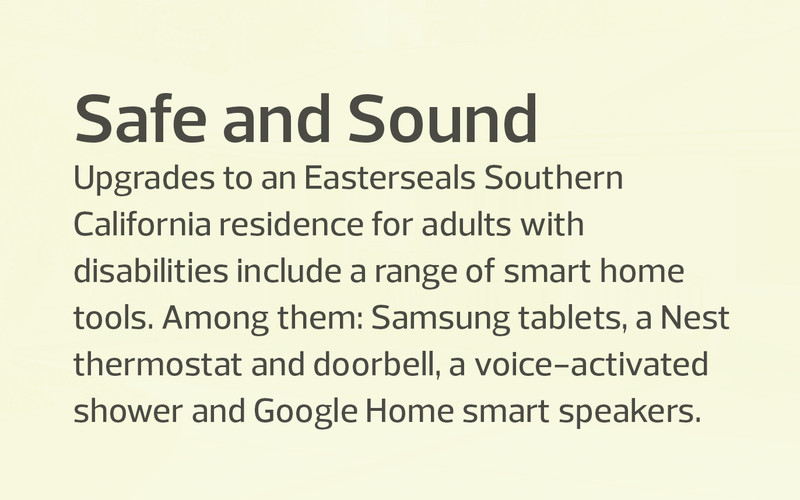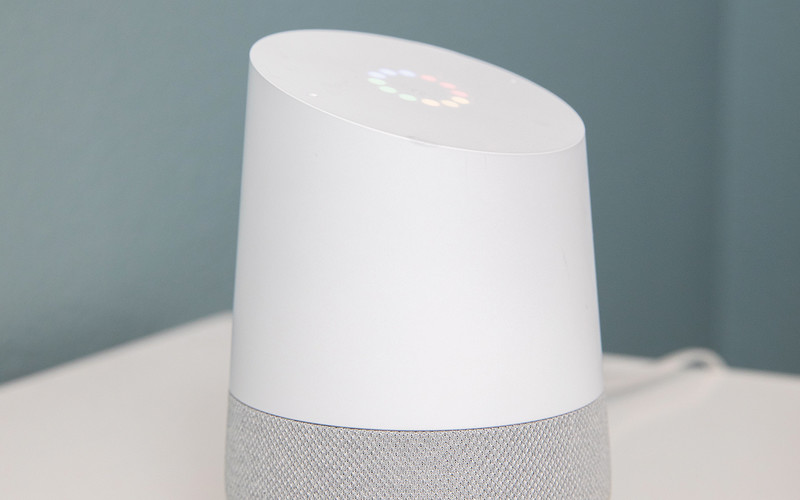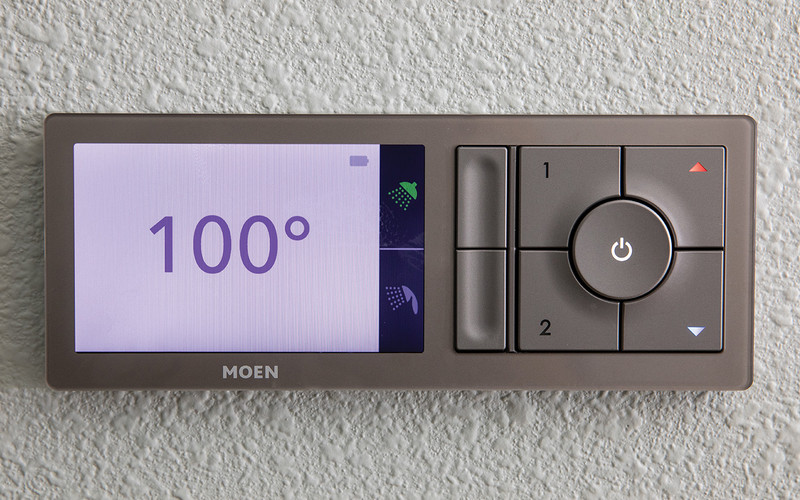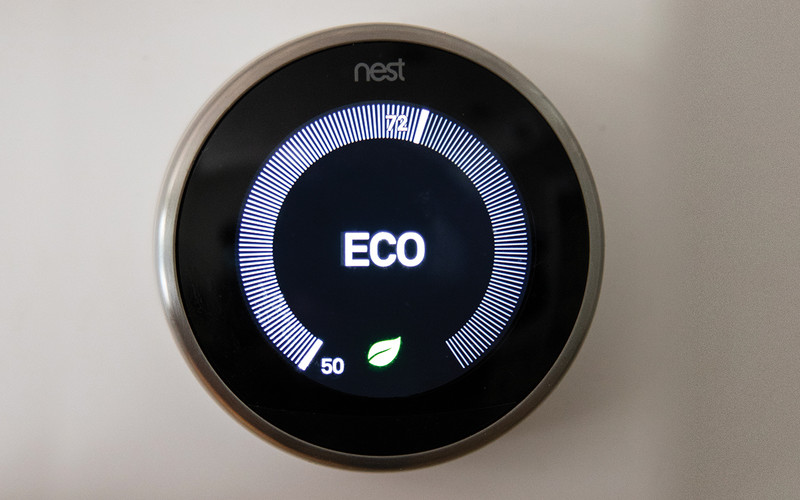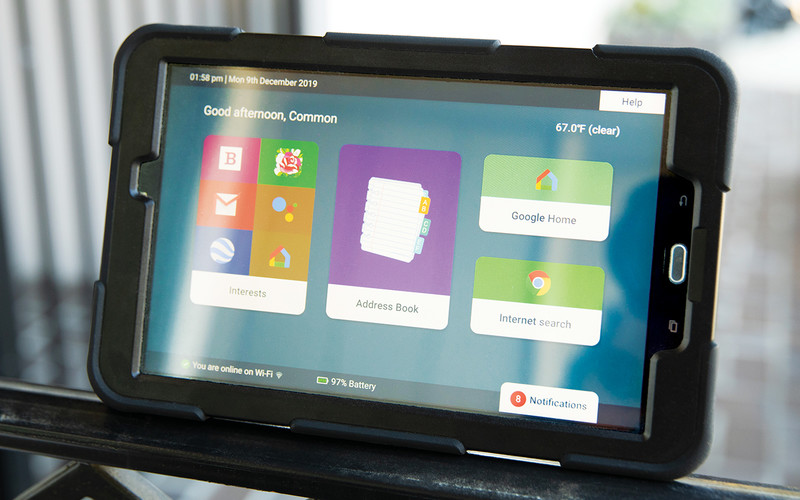Senior living communities and residential home operators are increasingly adopting smart technology to boost safety and to help seniors and people with disabilities live fuller, more autonomous lives. The tools help individuals with poor vision or limited mobility perform everyday tasks, such as turning on the light.
Smart speakers with virtual personal assistants can play music, remind residents to take their medication, and reduce isolation by facilitating phone calls or video chat. For care providers, home-based technologies can aid care through telemedicine — as can sensors that monitor the use of refrigerators and restrooms, among other things, to detect changes from typical patterns.
“We are still in the early days of adoption with technology-enabled care in the home and in senior living facilities, but there is tremendous conversation about and experimentation with how these technologies can improve the quality of life, safety and the efficient delivery and accessibility of care,” says Brad Russell, research director of Connected Home at Parks Associates, a market research and consulting firm in Texas.
To successfully deploy smart technologies, organizations must invest in robust Wi-Fi networks, have plenty of bandwidth and ensure the security and privacy of each resident when using the devices, Russell and other IT leaders say.
Easterseals Keeps a Focus on Purpose-Driven Design
Clients of Easterseals Southern California typically have intellectual and physical disabilities, so the nonprofit sought to identify and deploy smart technologies to maximize the residents’ independence.
“Our goal was to look at what we could design for their unique needs, so they could take ownership of their home,” says Lupe Trevizo-Reinoso, the organization’s vice president of living options.
The Easterseals team researched smart home devices and collaborated with CDW and other tech vendors on designing a comprehensive solution. Breezie, which customizes Samsung Galaxy tablets with a user-friendly interface, worked closely with Easterseals to personalize features for each resident.
While some residents take advantage of tablets and smart speakers, less verbal residents gravitate toward tablets; residents who are blind or have limited mobility prefer spoken commands, Trevizo-Reinoso says.



